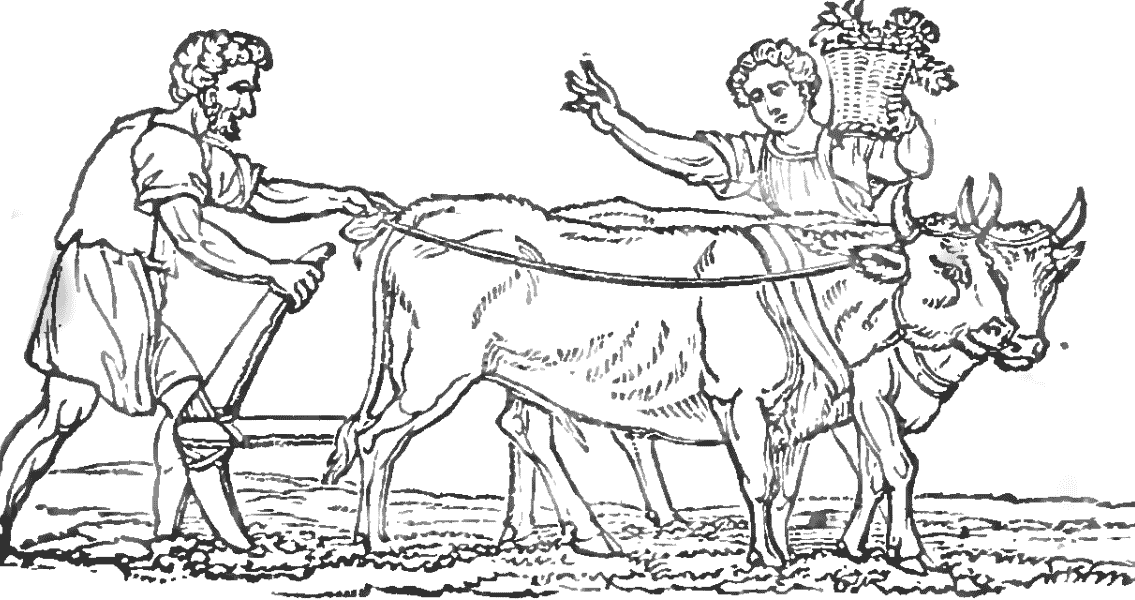<![CDATA[Archaeologists have uncovered the largest Roman water basin ever found. The huge irrigation basin, measuring 115 by 230 feet, was found 65 feet beneath the ground in the St. Giovanni district of Rome, during excavations for a new metro line. The sheer capacity of the basin shows it was an incredible feat of engineering. Judging by its size, it could have held more than four million litres (one million gallons) of water. This water was probably used for maintaining crops. The basin was lined with hydraulic plaster that has been dated to the first century CE, although the basin itself appears to have been used since the third century BCE. It was an important addition to existing structures, such as water wheels, used to distribute water along agricultural canals. Rossella Rea, the digs director, told a news conference in Rome that the basin "most likely served as a water reservoir for crops as well as an area that made it possible to cope with overflows from the nearby river." The extensive system is located close to the ancient Aqua Crabra water source. If it was indeed used as part of a farm, it would be the closest one to the centre of Rome that has ever been discovered. It is also incomparable to other contemporary water basins from ancient Roman agriculture, as it is so vast. The basin is so large that it extends beyond the perimeter of the metro work site. As a result, it has not been possible to uncover the entirety of the reservoir just yet. Rea believes that the basin extends much further than has been revealed so far, although she notes that it has probably already been severely damaged. Archaeologists Francesca Montella and Simona Morretta also unearthed numerous agricultural items. A three-pronged iron pitchfork, the remnants of storage baskets made from willow branches and traces of a water wheel are of particular interest. The team have also found evidence of recycling; Roman resourcefulness is shown in the materials used. Jars with their ends removed were found lined up, creating water conduits, while used tiles were discovered as parts of an ancient canal. All of these recycled materials were inscribed with the initials 'TL'. The inscriptions provide evidence that the farm belonged to a single owner. Peach stones were also discovered at the site. These finds are of particular importance as they reveal the earliest European cultivation of peach trees imported from the Middle East. The farm was destroyed at the end of the first century CE. Its structures, including the vast water basin, were left buried, "destroyed without [their] existence ever being documented," Rea added. Until they were uncovered recently. Rea stated that some discoveries will be incorporated into the St. Giovanni metro station, upon its completion; other finds will be displayed in museums. The discovery is of particular importance as it provides evidence of Roman farming techniques. From the size of the water basin and the discovery of peach stones, it is clear that cultivation of exotic agricultural products was conducted on an industrial scale in the centre of the ancient city of Rome.]]>
Largest Ever Roman Water Basin Uncovered During Metro Extension
